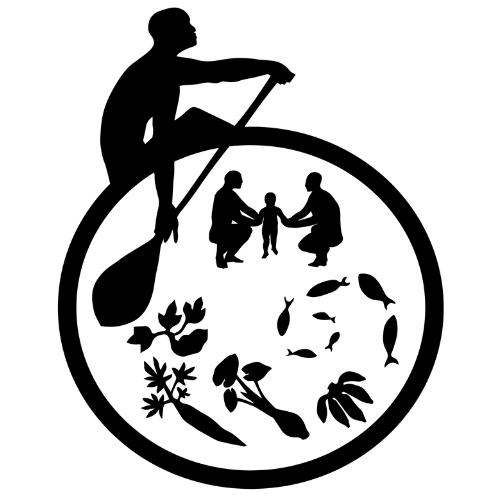The Children’s Healthy Living (CHL) program was developed to prevent young child obesity and improve child health and wellness with a focus on community action across the US affiliated Pacific region. The regional multilevel, community-based intervention consisted of 4 cross-cutting functions or categories (initiate or strengthen school wellness policies; partner and advocate for environmental change; promote CHL messages; and local capacity building) with 19 activities addressing 6 targeted behaviors (physical activity, sedentary behavior, sleep, fruit and vegetable intake, sugar sweetened beverage intake, and water intake). A common intervention template was developed, implemented and tracked over a 24 month period.
Baseline and 24 month measures were collected on 8,407, 2-8 year old children by trained and standardized teams, in 27 selected communities, in 5 jurisdictions in the Pacific region (Alaska, Hawaii, Guam, American Samoa, and Commonwealth of the Northern Mariana Islands). IRB approval or ceding of approval was obtained in each jurisdiction. 4,787 children were available for food intake variables (Sugar Sweetened Beverage, Water, Fruit, and Vegetable).
The reports below are preliminary results for CHL communities and not meant to report research results. Please refer to the peer reviewed publications for reporting research results. The estimates within these reports below should not be used in publications or school work.
The following sections report the 24 month post-intervention findings for the 27 selected communities, in 5 jurisdictions in the Pacific region.
Alaska
American Samoa
Commonwealth of the Northern Mariana Islands
Guam
Occasionally staff was unable to complete a full assessment of a resource and such cases were dropped from the final data set — except for Guam who completed data collection for partial assessments. The Community Assessment Toolkit results for the following Guam final community reports are modified with additional data collected after the CHL-wide post-intervention (Time 2) data collection period.
Hawai’i
Citation: University of Hawaii at Manoa, Children’s Healthy Living Center of Excellence. [Title, appropriate year(s)]. Published [update date]. Accessed [query date]. [URL]
